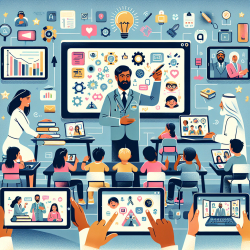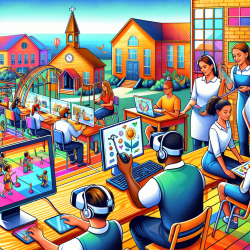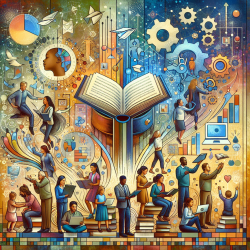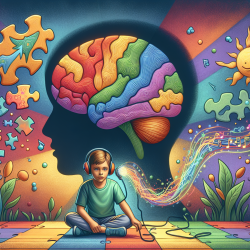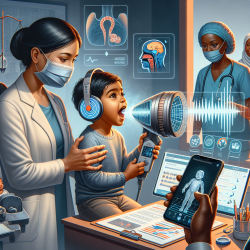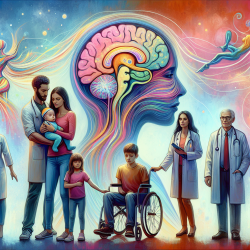Teaching students with Autism Spectrum Disorder (ASD) presents unique challenges and opportunities for educators. A recent qualitative study shines a light on the effective strategies two special education teachers use to engage and educate their students with ASD. The findings? A trio of approaches—technology, visuals, and reinforcement—stand out as game changers in supporting these learners.
Technology at the Forefront
One of the key themes that emerged from the study is the use of technology in the classroom. In today's digital age, educational technology is more than just a tool; it's a bridge to learning for students with ASD. Interactive apps and software not only capture their attention but also cater to their learning needs, making complex concepts more accessible and engaging.
Visuals as a Learning Catalyst
Visual aids are another cornerstone for teaching students with ASD. The research highlights how incorporating visuals into lessons can significantly enhance understanding and retention. From pictorial schedules to visual step-by-step instructions, these tools help demystify learning tasks, making them less overwhelming and more manageable for students.
The Power of Reinforcement
Reinforcement techniques play a crucial role in encouraging positive behavior and learning outcomes. Whether it's verbal praise, tokens, or tangible rewards, recognizing and reinforcing desired behaviors and achievements helps motivate students with ASD, fostering an environment where they feel valued and capable of success.
The insights provided by the teachers in this study offer valuable guidance on supporting students with ASD. By integrating technology, utilizing visuals, and applying reinforcement strategies, educators can create a more inclusive and effective learning environment that addresses the unique needs of these students.
For more information, please follow this link.
